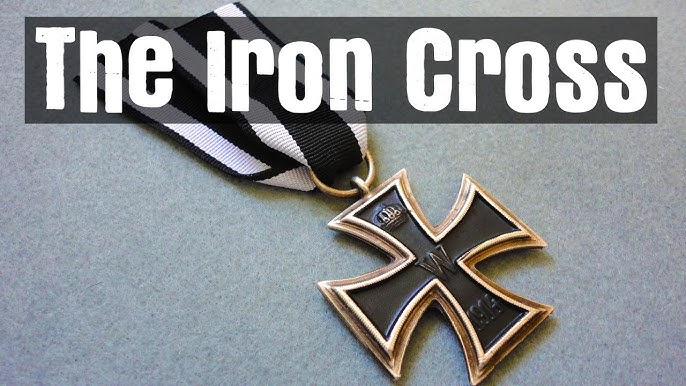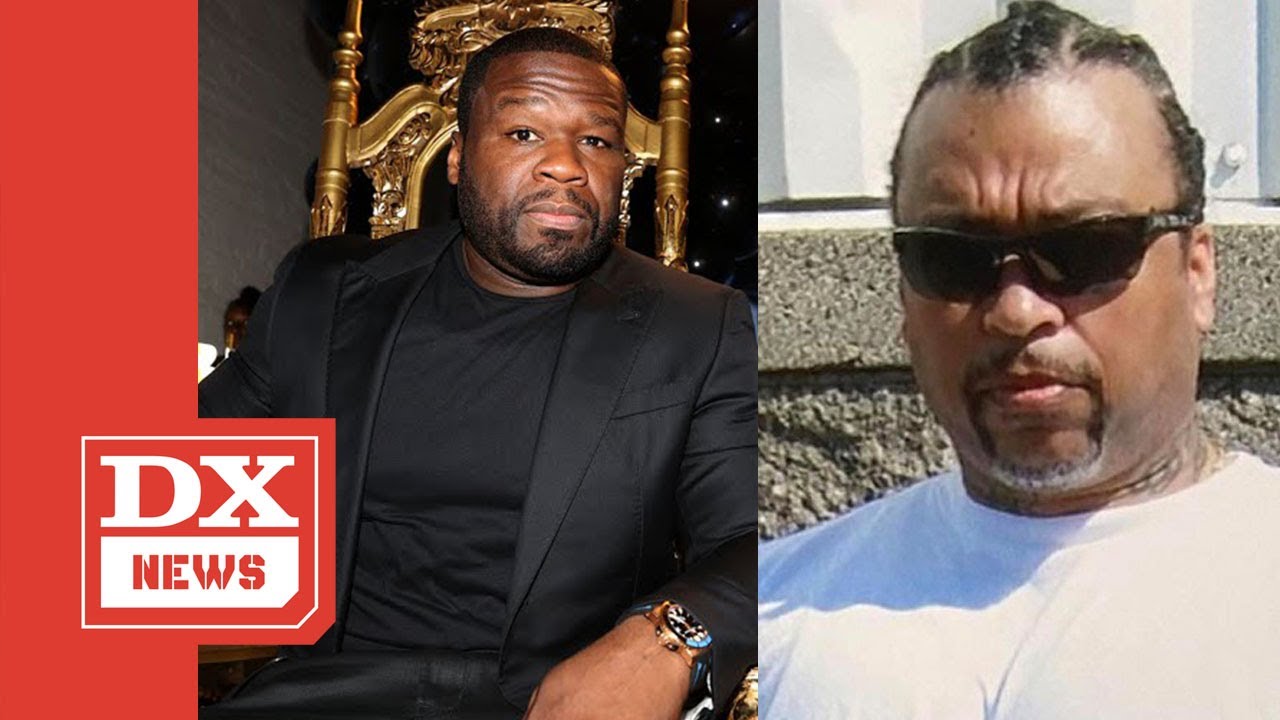The Iron Cross holds a unique place in history as a symbol of honor, valor, and resilience. This iconic emblem has deep historical roots and has associations with various countries, leaders, and significant events. Its origin, meaning, and significance have made it a subject of fascination and intrigue. In this article, we will delve into the multifaceted aspects of the Iron, exploring its history, symbolism, levels of achievement, and portrayal in different contexts.
What is the Meaning of the Iron?
The Iron Cross is a symbol that represents bravery, courage, and selflessness in the face of adversity. It’s a recognition of individuals who have demonstrated extraordinary valor, often at great personal risk. The cross’s bold and straightforward design embodies the qualities of strength and honor, making it a revered emblem in military and civilian circles alike.
Which Country is Associated with the Iron Cross?
The Iron Cross has strong associations with Germany. It was first established during the 19th century, specifically in 1813, by King Frederick William III of Prussia. The Iron strongly associates with Germany. King Frederick William III of Prussia first established it during the 19th century, specifically in 1813. They designed the cross to honor military personnel who displayed extraordinary courage in battle. Over time, it became a symbol of German military prowess and national pride.
What Was the Iron Cross Given For?
Originally, authorities instituted the Iron Cross as a military decoration to recognize acts of valor in combat. They awarded it to individuals who exhibited exceptional courage, leadership, and sacrifice on the battlefield. The criteria for receiving the Iron evolved over time, and it eventually included various degrees and classes to recognize different levels of achievement.
Who Was the Leader of the Iron Cross?
A single individual didn’t lead the Iron Cross; instead, King Frederick William III of Prussia established it. The creation of this decoration was an acknowledgment of the need to honor and reward soldiers who went above and beyond the call of duty.
What is the Origin of the Iron Cross?
The Iron Cross finds its origins in the tumultuous times of the Napoleonic Wars. King Frederick William III introduced the cross during the War of Liberation against Napoleon’s forces. The symbol was a combination of the black cross, traditionally associated with the Teutonic Order, and the silver cross used by the Hohenzollern dynasty.
What is the Highest Iron Cross?
The highest level of the Iron is the Grand Cross of the Iron (Großkreuz des Eisernen Kreuzes). They rarely granted this distinction, reserving it for the most exceptional cases. They typically awarded it to high-ranking military officials and leaders who demonstrated unparalleled leadership and strategic prowess in times of war.
What is the Real Name of the Iron? The real name of the iron is “Eisernes Kreuz” in German. This name reflects its origins and the language of the country with which it is primarily associated. The term “Iron” is an English translation of the German name.
Why is the Iron Difficult to Achieve?
The Iron Cross is difficult to achieve due to the stringent criteria associated with its award. To receive the Iron, individuals must display not only courage and valor but also exceptional leadership and selflessness in the face of danger. This stringent evaluation ensures that the decoration maintains its prestige and significance.
What Level of Skill is Required for the Iron?
Earning the Iron Cross requires a high level of skill, both in terms of combat abilities and leadership qualities. Recipients must demonstrate strategic thinking, resourcefulness, and the ability to make split-second decisions under extreme pressure. The skills needed to earn the Iron are a testament to the caliber of individuals who receive this prestigious decoration and how to accept it.
Is the Cross Anti-War?
The Iron Cross itself is not inherently anti-war or pro-war. It is a symbol of recognition for valor and courage displayed in the context of armed conflict. The meaning of the Iron centers on honoring individuals who show extraordinary bravery, rather than advocating for a specific stance on war.
FAQs about the Iron Cross:
1. What is the Iron Cross?
This is a prominent military decoration that originated in Prussia, Germany. It’s recognized for its distinctive cross-like design, composed of arms that are wider towards the center and tapered towards the edges. This symbol holds historical significance as a representation of honor and valor.
2. What does the Iron Cross symbolize?
This symbolizes various values, including courage, bravery, and exceptional service to one’s country. It’s often awarded to military personnel for acts of heroism, leadership, and self-sacrifice during times of conflict.
3. What is the history behind the Iron Cross?
The Iron Cross was first established by King Frederick William III of Prussia in 1813 during the Napoleonic Wars. It was reintroduced in later years, most notably during World War I and World War II. The design and criteria for receiving the IronCross evolved over time, reflecting the changing contexts of these conflicts.
4. What are the different classes of the Iron Cross?
It has various classes that denote different levels of recognition. The most common classes include the IronCross 2nd Class (a simpler version worn around the neck or on the uniform) and the IronCross 1st Class (a more detailed version worn as a pin). There are also higher grades like the Knight’s Cross and Grand Cross, which were usually awarded for exceptional feats.
5. How is the IronCross viewed today?
Today, the Iron Cross is often viewed in a nuanced manner. While it still represents courage and valor, its association with certain historical events has led to debates about its use and meaning. Some use it to celebrate military history and bravery, while others emphasize the need to be sensitive to its potential negative connotations.
6. Can civilians receive the IronCross?
The Iron Cross has traditionally been awarded to military personnel, but there have been instances where civilians who demonstrated exceptional valor or service were also recognized with this honor. These instances are relatively rare and typically occur during times of conflict.
7. How has the Iron Cross influenced popular culture?
This has made its way into various aspects of popular culture, including literature, films, and video games. It often represents the bravery and sacrifices of soldiers during times of war. However, its portrayal in popular culture can vary widely, from accurate historical depictions to more sensationalized interpretations.
conclusion,
The Iron Cross stands as a timeless emblem of valor, sacrifice, and honor. Its history, rooted in the battlefield heroics of the Napoleonic Wars, has solidified its place as a symbol of distinction. While its associations with Germany are strong, its significance transcends borders and speaks to the universal admiration for those who go above and beyond in the name of duty. Whether in its highest form or as a symbol of bravery, the Iron continues to capture the imagination and reverence of people worldwide.




